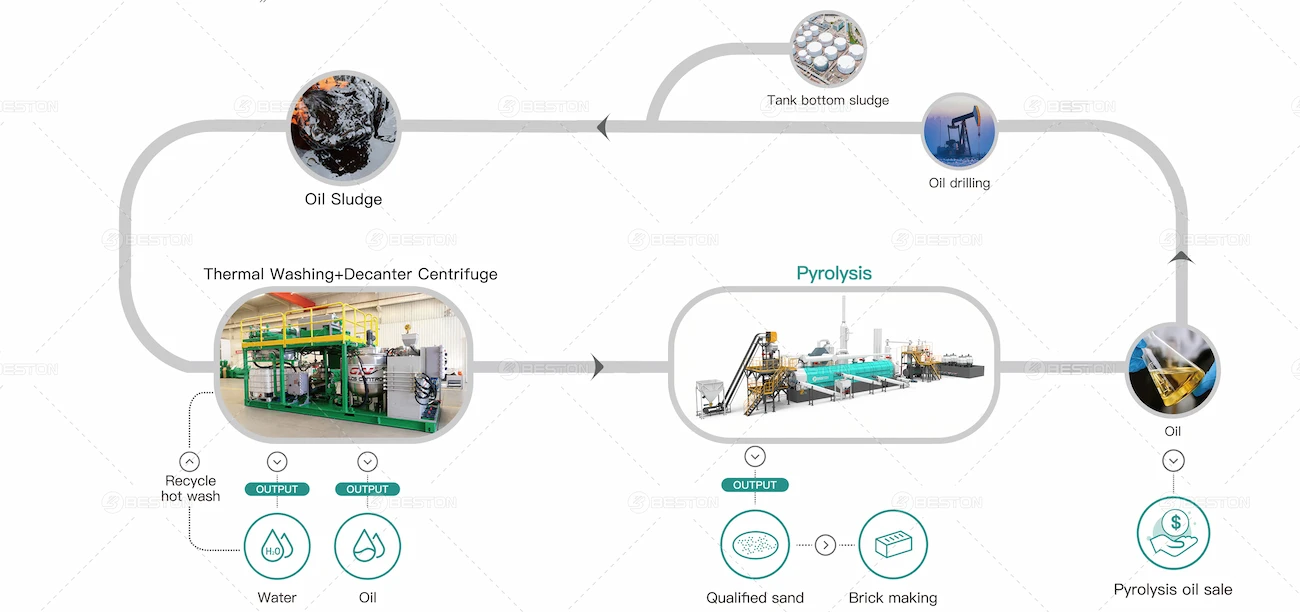The demand for low-carbon fuels in aviation and maritime sectors is intensifying as international regulations push industries toward net-zero trajectories. Conventional petroleum-based fuels are increasingly scrutinized for their high emissions and dependence on finite resources. A fully automatic tyre pyrolysis plant provides a transformative pathway by converting end-of-life tires into liquid hydrocarbons that can be upgraded into sustainable aviation fuel (SAF) and marine fuel. This process not only reduces waste accumulation but also addresses the urgent requirement for scalable renewable energy sources.
Advanced Conversion Process
A fully automatic tyre pyrolysis plant operates under continuous feeding and discharging systems, ensuring high throughput with minimal manual intervention. Shredded tire material undergoes thermochemical decomposition in an oxygen-deficient environment, producing pyrolysis oil, carbon black, and combustible gas. The automated design enhances operational efficiency, maintains consistent product quality, and lowers labor costs. Pyrolysis oil, the primary output, is rich in aromatic and aliphatic compounds, making it a viable feedstock for further refining into high-energy-density fuels.
Pathway to Sustainable Aviation Fuel
Sustainable aviation fuel requires stringent specifications for energy density, combustion efficiency, and emissions performance. Pyrolysis oil derived from a fully automatic tyre pyrolysis plant can undergo hydrotreating and catalytic upgrading to meet these standards. When blended with conventional jet fuel, it reduces lifecycle greenhouse gas emissions substantially. This substitution supports international aviation targets set by organizations such as ICAO, which emphasize carbon-neutral growth and the integration of renewable fuel sources.
Marine Fuel Opportunities
Maritime transport faces similar decarbonization pressures under frameworks such as the International Maritime Organization’s sulfur cap and greenhouse gas reduction strategy. Pyrolysis-derived oil can be refined into low-sulfur marine fuel, offering a compliant and sustainable alternative to heavy fuel oil. The high calorific value of pyrolysis oil ensures efficient combustion in marine engines, while its renewable origin enhances the sustainability profile of shipping operations. Integration of a fully automatic tyre pyrolysis plant into port-based waste management systems also provides localized fuel supply chains for coastal shipping routes.
Waste Reduction and Resource Efficiency
The adoption of pyrolysis technology simultaneously addresses the problem of tire waste, which poses severe environmental hazards when landfilled or incinerated. By converting discarded tires into high-value fuels, the process exemplifies circular economy principles. A fully automatic tyre pyrolysis plant ensures continuous processing capacity, enabling large-scale diversion of waste tires from disposal pathways into energy production. This resource efficiency underlines its dual role in environmental protection and renewable fuel generation.
Economic and Strategic Advantages
Investment in fully automated systems enhances scalability, reliability, and compliance with international fuel standards. While capital costs may be higher, the efficiency gains and revenue streams from fuel production offset initial expenditures. The ability to generate sustainable aviation and marine fuels locally reduces reliance on fossil imports, strengthening energy security. With global policies increasingly favoring renewable fuels, the commercial case for this technology is reinforced.
Conclusion
A fully automatic tyre pyrolysis plant represents a convergence of waste management, energy innovation, and climate strategy. By supplying feedstock for sustainable aviation and marine fuel production, it contributes directly to decarbonizing two of the most challenging transport sectors. Through automation, efficiency, and integration into circular systems, the technology stands as a pivotal enabler of the global transition to cleaner energy.




